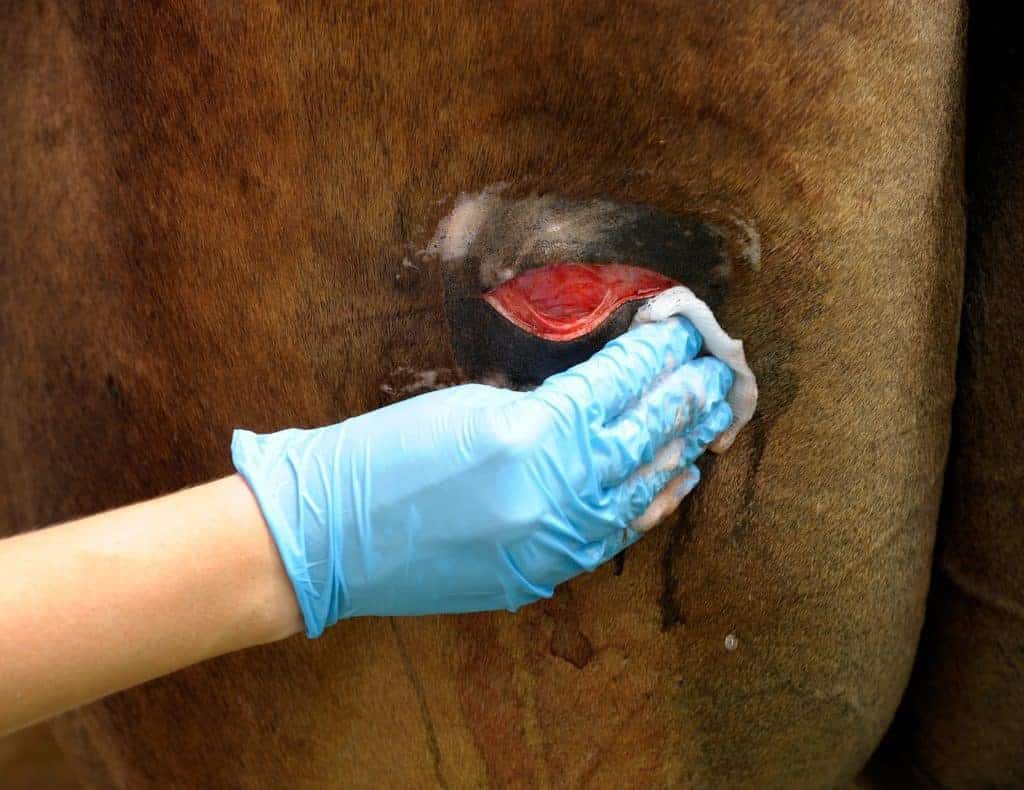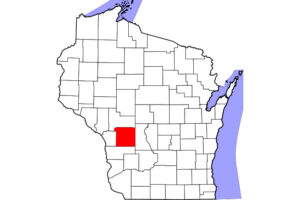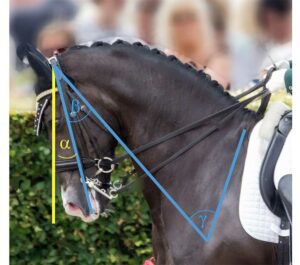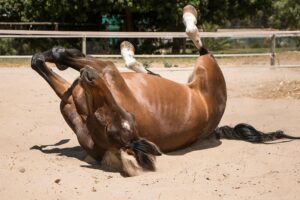A Virus Might Help Horse Wounds Heal

Well, maybe. A group of researchers from Canada and New Zealand have recently learned that a “secret agent” to enhance healing might exist in the most unlikely of places—a virus. Specifically, the “orf” virus, a parapoxvirus that causes a highly contagious skin disease in ungulates (hoofed animals) and humans.
It might sound like mad science, but the concept is perfectly safe and very promising, said Christine Theoret, PhD, DMV, Dipl. ACVS, director of the Comparative Veterinary Tissue Healing Laboratory in the Department of Veterinary Biomedicine at the University of Montreal, in Quebec, Canada.
But before you go looking for ways to smear viruses directly into your four-legged’s leg wounds, hold your horses! It’s important to note that the researchers didn’t apply the virus itself to the wounds, but rather specific proteins from the orf virus. And equally important, they still kept the wounds as clean and protected from infection as possible
Create a free account with TheHorse.com to view this content.
TheHorse.com is home to thousands of free articles about horse health care. In order to access some of our exclusive free content, you must be signed into TheHorse.com.
Start your free account today!
Already have an account?
and continue reading.

Written by:
Christa Lesté-Lasserre, MA
Related Articles
Stay on top of the most recent Horse Health news with



















